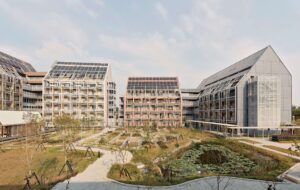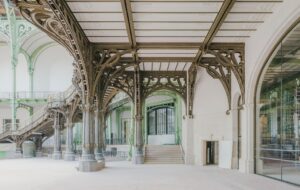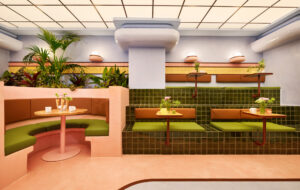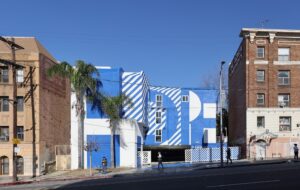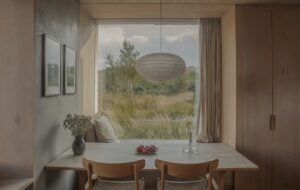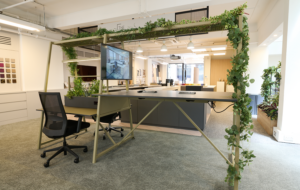The low carbon bricks have been developed for the construction of the new wing of the Design Museum Gent
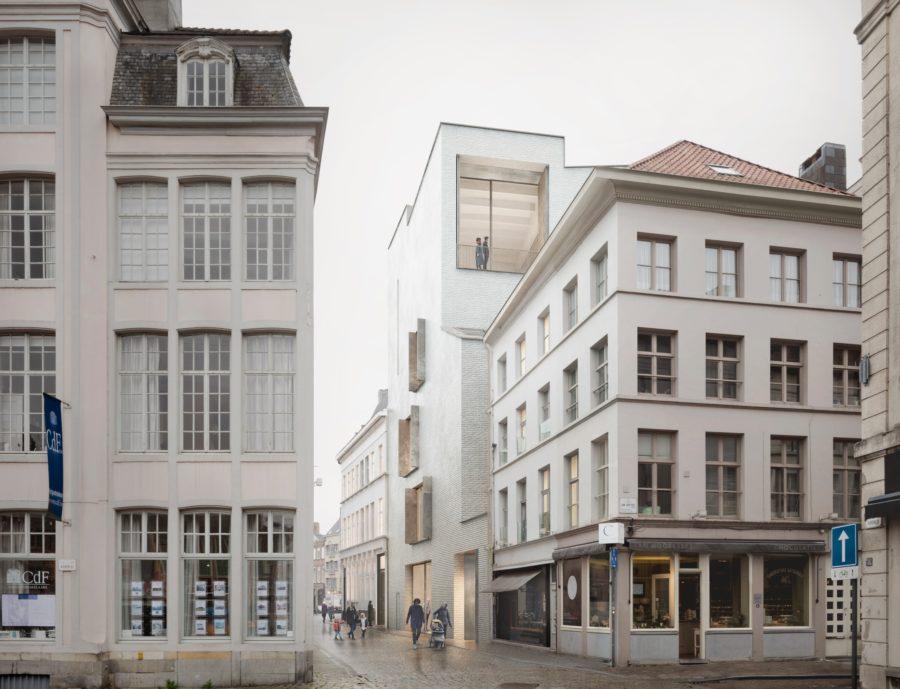 Photography courtesy of Carmody Groarke
Photography courtesy of Carmody Groarke
Words by Roddy Clarke
With the built environment being a huge contributor to global related carbon emissions, 39% according to a 2019 report by the World Green Building Council (of which 11% is from the materials and construction methods used), many architects and designers are adopting a circular mindset in a bid to reduce this.
The Gent Waste Brick is one of the latest products designed for use in the expansion of a new wing for Design Museum Gent and is a great example of sustainable innovation.
Developed by London-based architects Carmody Groarke, in partnership with BC Materials and Local Works Studio and TRANS architects, the brick is made using 63% recycled waste, such as crushed concrete and glass collected from the city of Gent.
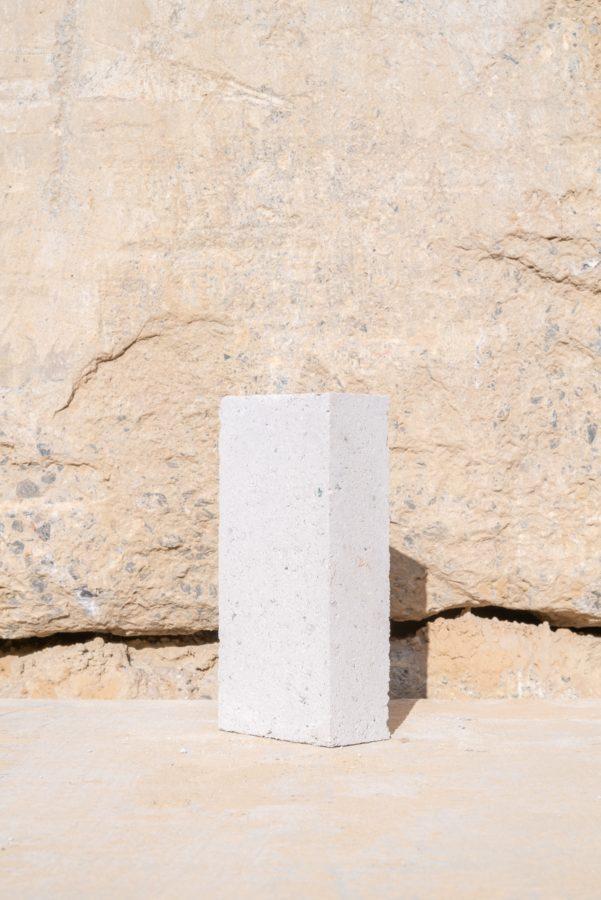 Photography by Cinzia Romanin and Thomas Noceto
Photography by Cinzia Romanin and Thomas Noceto
Added to this, the bricks are also unfired which allows for carbonation in atmospheric conditions, therefore reducing the energy which is normally produced within the firing process. According to research, the Gent Waste Brick contains one third of the embodied carbon of a comparable clay brick when assessed over a 60-year life cycle.
While this project, which is due for completion in 2024, might only be a small dent in the emissions of a global industry, it is a positive step forward in unveiling low-carbon alternatives to current materials.
Certified for use on the building’s façade, it will allow visitors to assess the aesthetics too, a key part in appealing to a wider audience for further utilisation. Residents will also be given the opportunity to make their own brick which is key in engaging audiences into the science behind such developments.
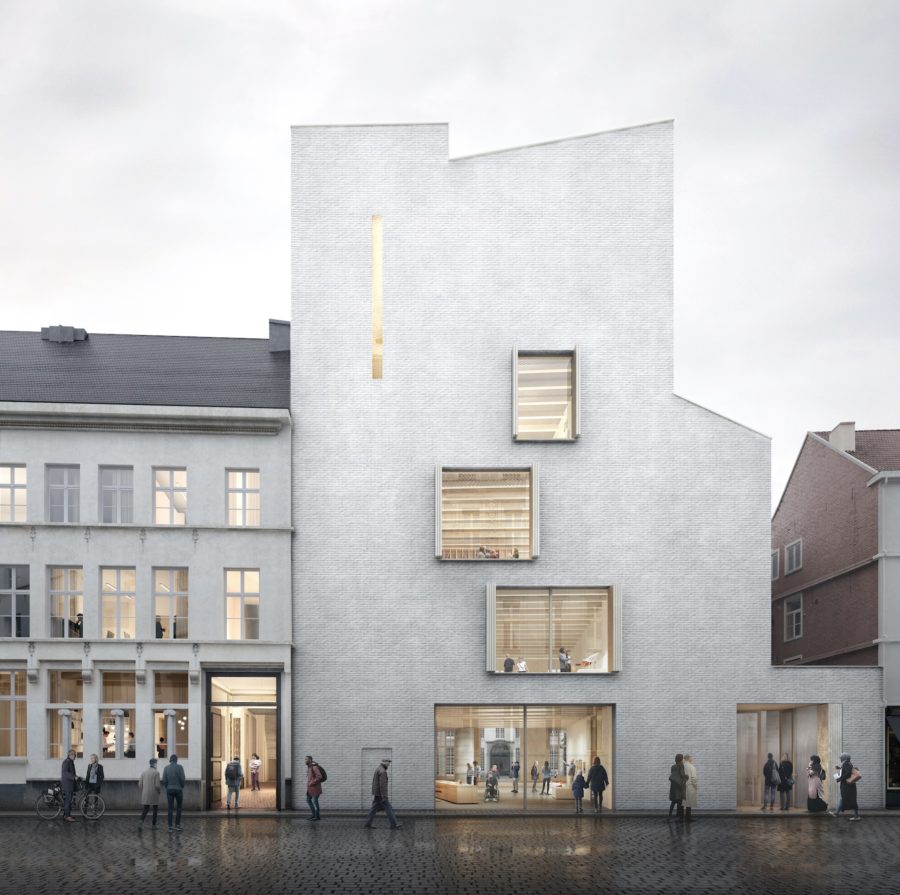 Photography courtesy of Carmody Groarke
Photography courtesy of Carmody Groarke
‘By creating a brick made from recycled waste, the Design Museum Gent is not opting for the easy solution, but rather the most ecological, innovative and visually appealing process,’ comments Sami Schepen, the Alderman for Culture, and the Chairman of sogent who have funded the project alongside Circular Flanders.
Highlighting that the right solutions don’t always come at the cheapest cost or within the desired timelines for client’s needs, Schepen’s support of the project showcases the importance of coming together to focus on the right solutions regardless. And, as this project shows, paying attention to the details of each component of a building is key in achieving wider change.
Be it brick by brick, site by site, when multiplied on a global scale, a huge industry shift can occur. It also provides hope that, when collaboration happens, change can take place at a quicker pace and the circular economy we so urgently need becomes a realistic possibility.
Get a curated collection of design and architecture news in your inbox by signing up to our ICON Weekly newsletter


